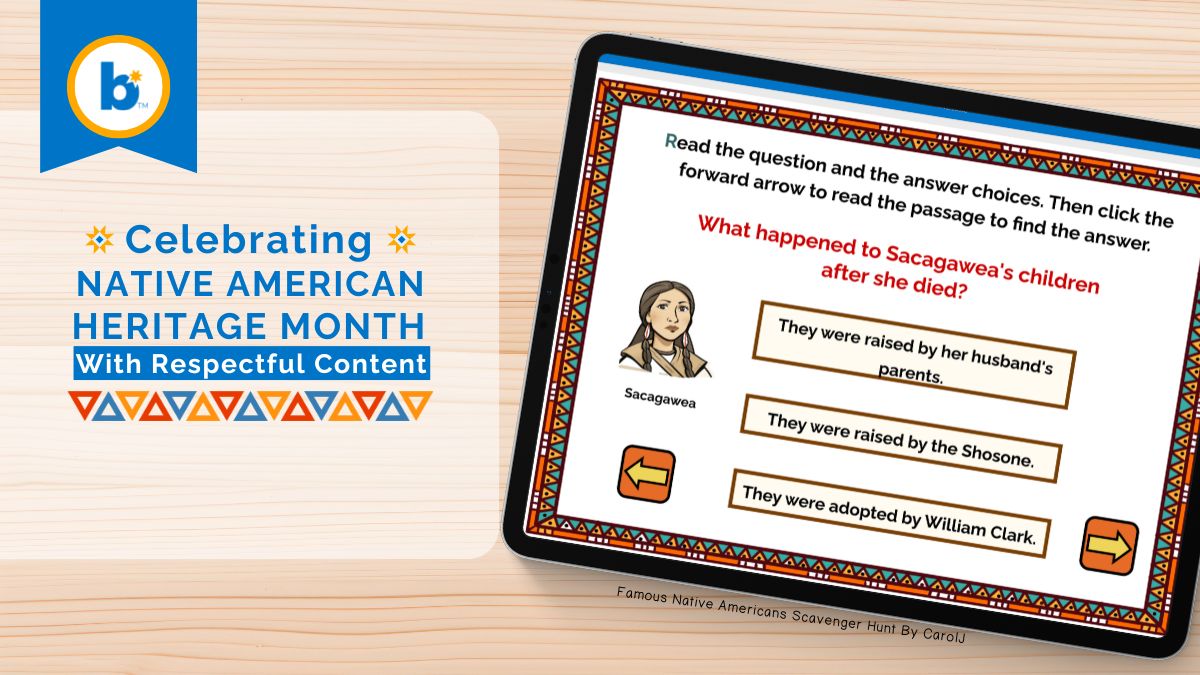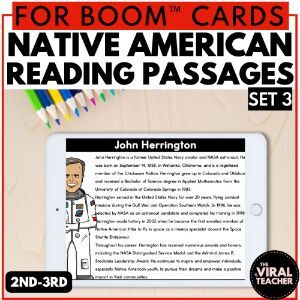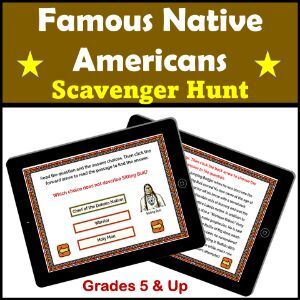
November invites us to honor and learn from Indigenous peoples whose histories and cultures shape this land. Native American Heritage Month is a reminder to recognize the depth and diversity of Native communities and to reflect on whether our classroom lessons are accurate, authentic, and respectful, or if they unintentionally repeat outdated stereotypes.
For many teachers, this month presents both a wonderful opportunity and an important responsibility. Representation matters. Meaningful celebration requires more than themed crafts or general lessons about “Native traditions.” It starts with choosing resources that reflect authentic Native voices and modern Indigenous experiences.
When planning your November lessons, look first for materials created by Native authors, artists, and educators. These can be challenging to find, but sites such as the Smithsonian have a Native American education initiative full of resources. Contemporary Indigenous voices offer firsthand perspectives that help students see Native peoples as part of today’s world, not just the past. Books by authors like Joseph Bruchac, Traci Sorell, and Cynthia Leitich Smith are great examples of storytelling that’s grounded in truth and culture.
It’s important to help students see there’s no single “Native American” experience. Over 570 tribes are recognized in the United States, each with its own languages, traditions, and governance. Using generic images like tipis, feathers, or “Native customs” erases this diversity. Instead, say which community or region a story comes from, and discuss what makes it unique.
Another way to build respect in the classroom is by connecting the past to the present. Native cultures are living, vibrant, and constantly evolving. You might highlight Native scientists and environmental leaders working in conservation. Explore Indigenous innovation in renewable energy. Discuss how tribes manage their own governments and education systems. This reinforces the idea that Native identity is active, contemporary, and relevant to current issues.
Technology can also help bring these lessons to life. When creating or using digital materials, review images, language, and context to ensure they accurately reflect Native communities. If you’re a Boom Publisher, this month is a great time to revisit your own decks to make sure they celebrate Indigenous stories responsibly. If possible, collaborate with Native educators to create new, authentic content.
Above all, think beyond November. Integrating Native voices year-round helps normalize inclusion. It prevents isolating Native contributions to a single month. You might feature Indigenous innovators during STEM units. Incorporate tribal stories in geography lessons. Highlight Native authors in your literacy rotation.
At Boom, we celebrate educators who create inclusive classrooms built on curiosity, awareness, and care. When we teach with respect, we help every student see the power of authentic storytelling and show the importance of learning from all voices. Explore the decks below from our Publishers and integrate them into your lessons to foster inclusion and engagement.


